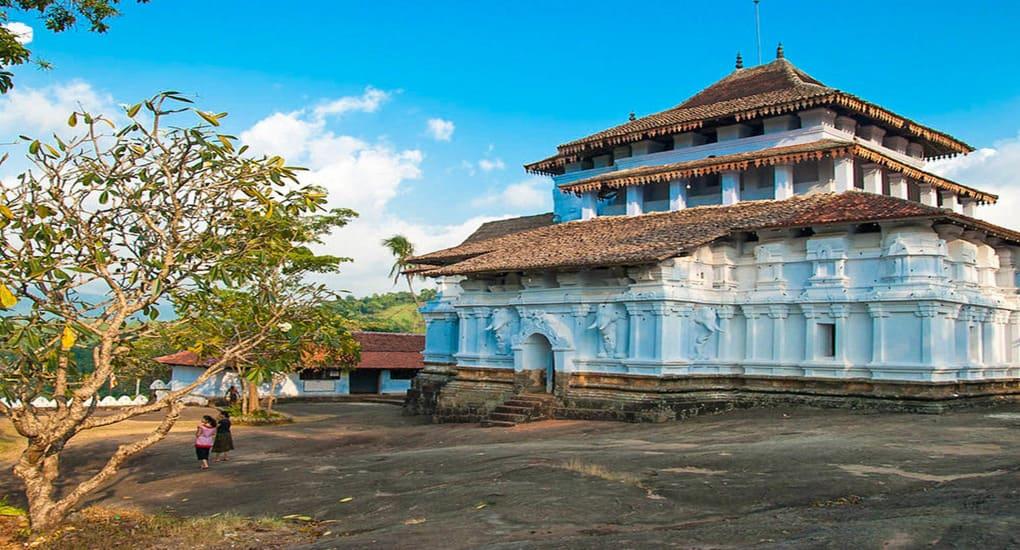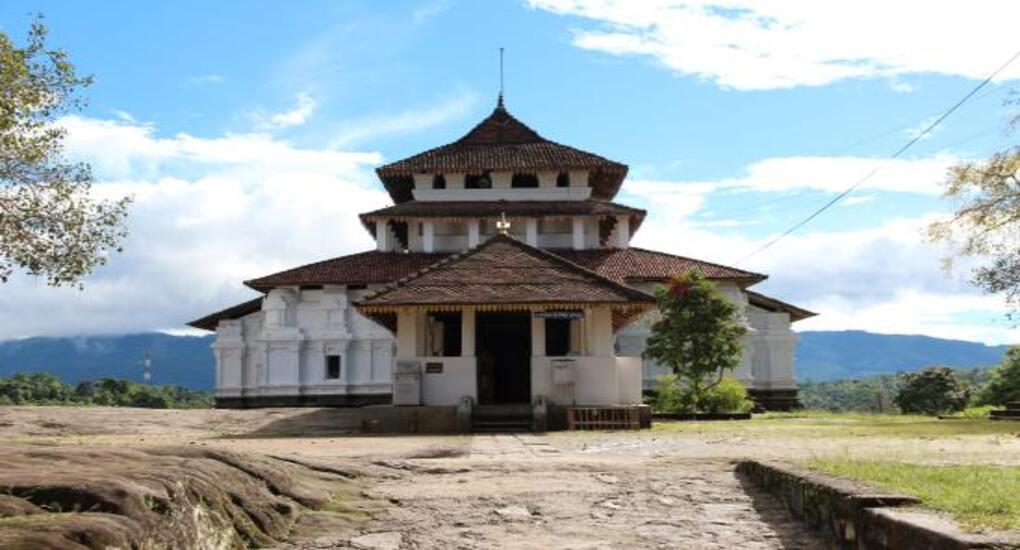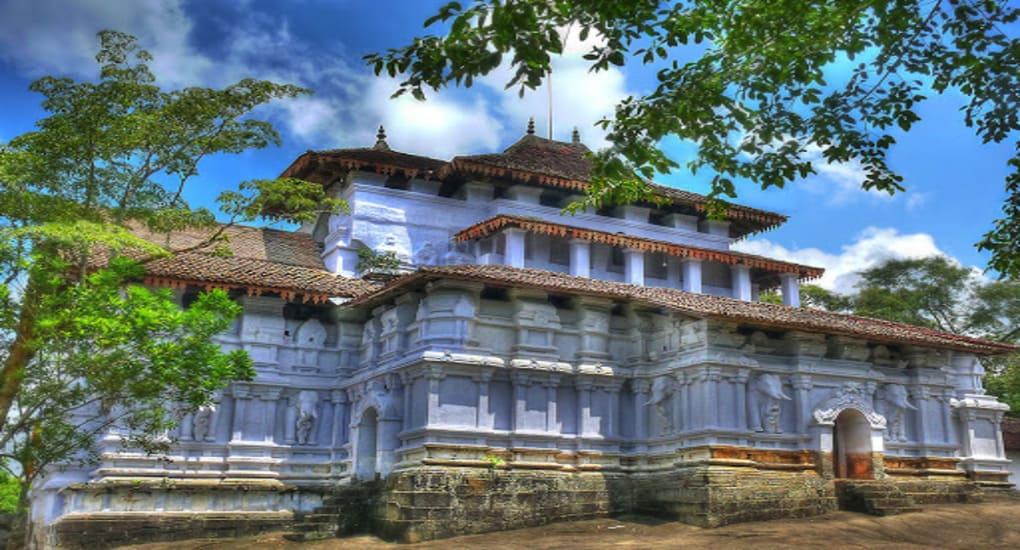Points of Interest - Polonnaruwa
Lankathilaka
The Lankathilake image house is a type of Gedige, located in the South of the Kiri Vehera of the ancient city of Polonnaruwa is a monolithic Buddha image house built by King Parakramabahu (1153-1186) made out of bricks and the outer walls secured with expound designs and carvings. It belonged to the Alahana Pirivena Monastery.
Lankathilake Vihara is one of the most emblematic structures of the antiquated realm of Polonnaruwa. The two extraordinary walls, each with a thickness of 4m and height of 17m form a narrow aisle prompting an extremely impressive, however now unfortunately a headless Buddha sculpture still standing, over 14 meters in height. The shrine which is built by King Parakramabahu the great is a definite deviation in terms of Buddhist architecture, that is, rather than the abstract symbolism of the stupa, the consideration is centered on the giant figure of the Buddha statue, which fill up the entire space within the shrine.
The sanctum, the vestibule, and the entrance porch are three parts of the ground plan of the Lankathilake image house. The entrance porch facing east is guarded with two Korawak Gal and two muragal which can be seen at the beginning of the entrance. Similitudes to the Vatadage at the entrance, is guarded by sculptures like those in the vatadage and decorated with still more guard stones and Makara balustrades also known as dragon arches, monster curves embellished with lions and dwarfs.
The sanctum is the giant headless Buddha statue which is 41 ft. in height is also completely made out of clay bricks. It has been built attached to a screen wall between which and the inner side of the rear wall of the image house is a narrow ambulatory. Extraordinarily made flat bricks have been utilized to construct this sculpture and today the part over the shoulder is been pulverized. The giant figure and two pylons at the entrance of the image house which are approximately 55 ft. in height but now on its destroyed state have given a majestic appearance to the image house.
The two ground levels are observed inside the sanctum. A portion with the same level of vestibule is in front of the pedestal of the image and the ground has been elevated on either side of the portion.
While the walls inside are enhanced with magnificent wall paintings, the outside walls are horizontally divided into five stories and decorated with reliefs of architectural objects, which give an indication of the type of domed roof it would have had. Lankathilake was later reestablished by Vijayabahu the fourth.


